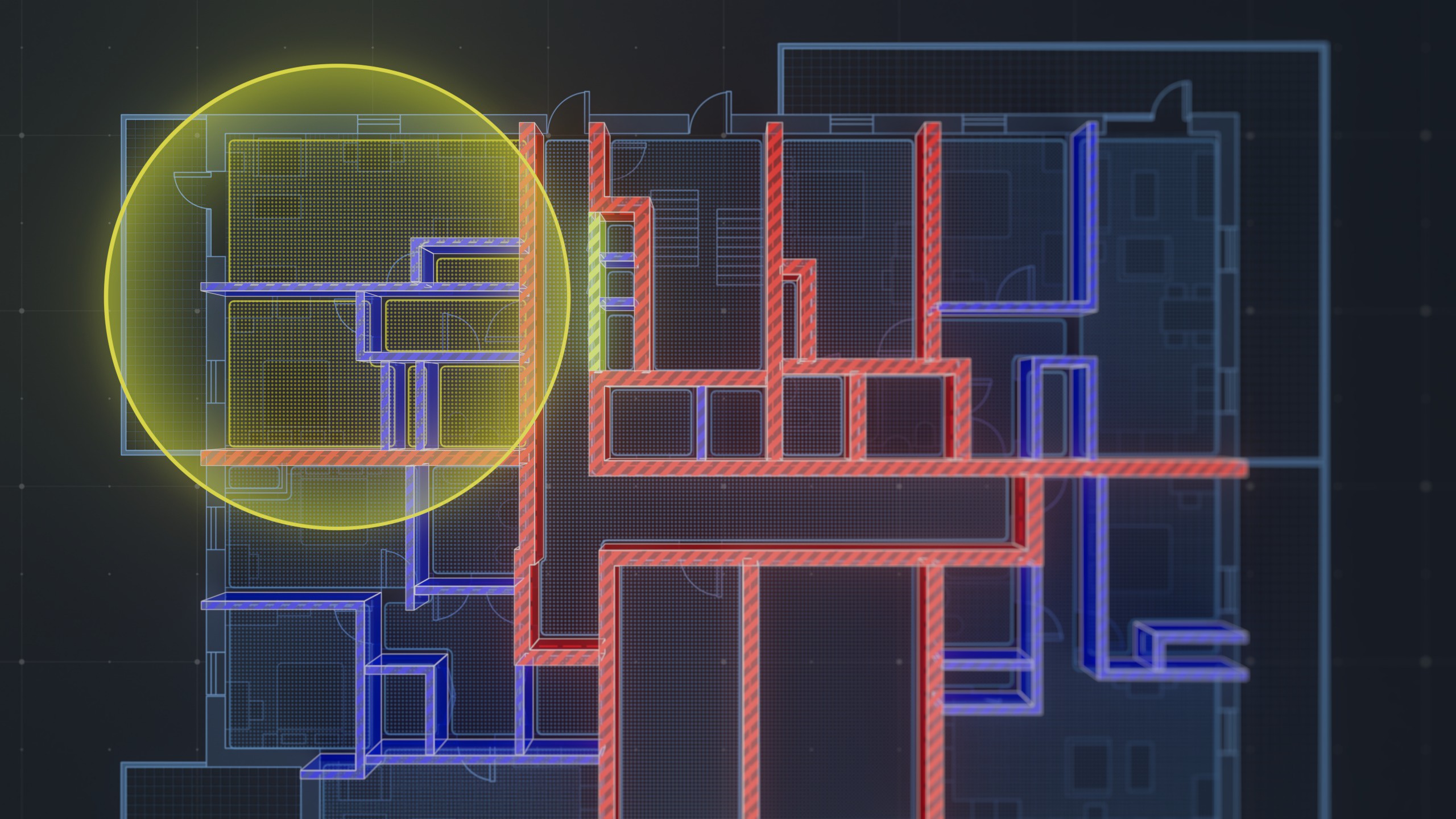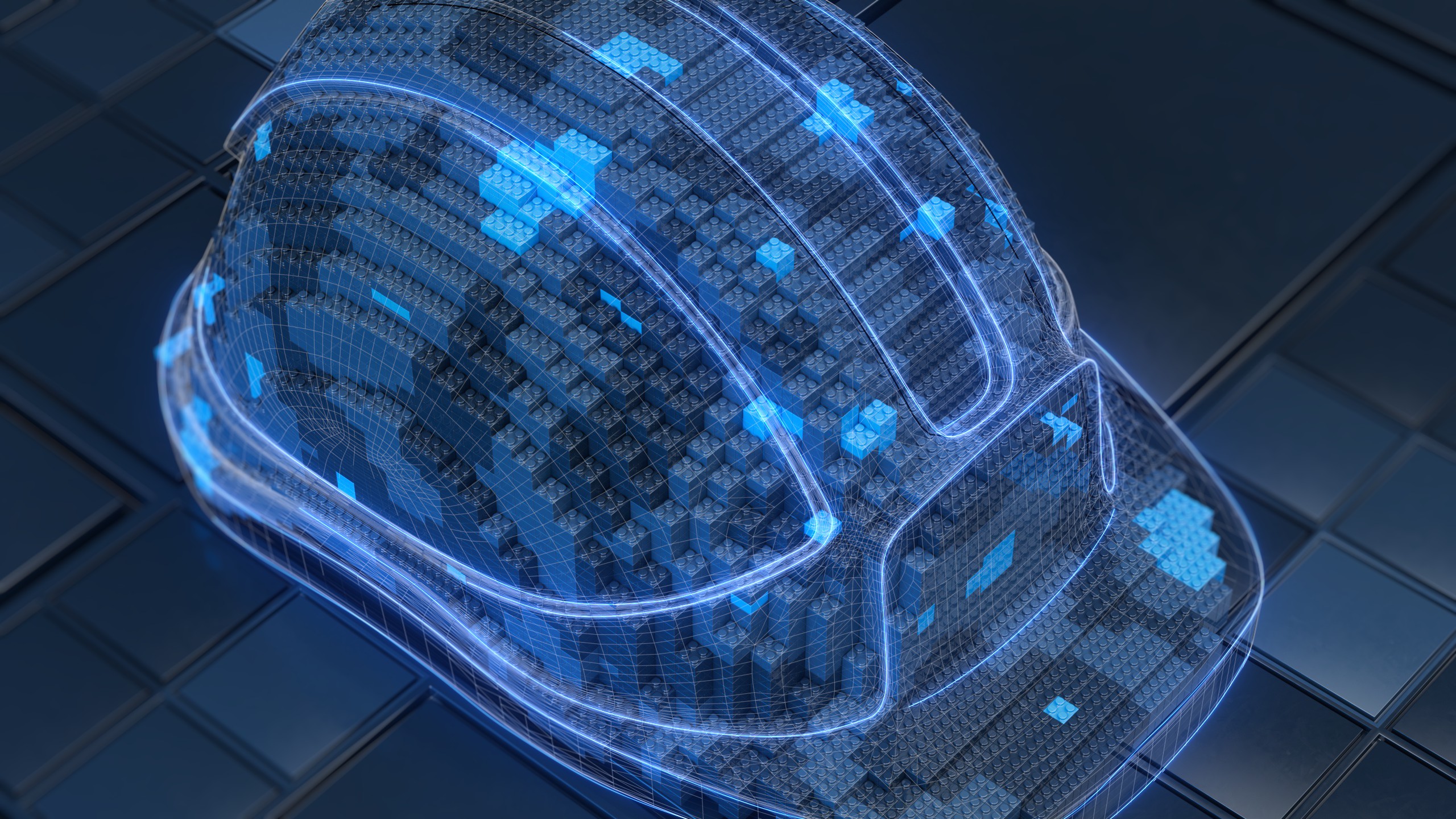Concrete is one of the most commonly used materials in construction. It is durable, affordable, and flexible to the needs of builders across the world. However, concrete has its limits. Cement production has a significant negative impact on the environment: each pound of concrete releases 0.93 pounds of carbon dioxide, which means cement production contributes 4 billion tons of carbon dioxide annually. Builders who want to reduce their carbon footprints will still have an impact because of this material.
Innovators across the globe are working to create better forms of concrete so this material lasts longer and meets the challenges of today’s climate. Here are a few unique forms of concrete and the benefits they provide.
Self-Healing Concrete
One of the main challenges of concrete is that it cracks. Not only are these cracks unsightly, but they can harm the foundations of buildings or make sidewalks dangerous and uneven to walk on. Researchers are in the process of developing self-healing concrete, which would automatically close cracks when they form. The concrete developed by researchers at Drexel University contains hydrogel that has bacteria in it. When water penetrates through a crack, the bacteria release calcium carbonate to seal the crack.
While several schools are trying to develop this material, it is not on the market right now. However, demand is high for self-healing cement options. Manh Thuong Nguyen, a senior computation scientist at the Pacific Northwest National Laboratory (PNNL), says self-healing concrete could play a key role in fixing America’s aging infrastructure, which will cost around $3 trillion if we use current construction methods.
Photovoltaic Concrete
Photovoltaic concrete is also known as solar concrete. The basic idea is to coat concrete with a super-thin photovoltaic film that generates solar energy. In France, two companies — one a building materials manufacturer and the other a solar company — introduced a prototype covered in thin solar film that generates two times more energy than normal solar panels. In Zurich, Block Research Group introduced a version that also has thermal regulation, insulation, and waterproofing properties.
This is another form of concrete that is still in the development phase. However, once it hits the market, builders can use estimator tools to order the right amount of photovoltaic cement and maximize efficiency. Strategic design and development are essential for harvesting the most energy from the sun’s rays.
Porous Concrete
Porous concrete, also known as pervious concrete, is designed for areas that get a lot of rain or are prone to flooding. When rain falls on earth, it’s absorbed into the ground. In urban areas, rain bounces off the cement and flows into a sewer system or finds porous ground. If an extreme storm rolls through, rainwater can cause flooding. Porous concrete works to stop this.
Pervious concrete material is made of larger rocks that create gaps. This allows water to flow through so it’s absorbed into the ground while still allowing homeowners to have a smooth driving surface. This reduces the risk of flooding and provides a form of sustainable architecture for urban areas. It’s similar to installing green roofs so water is absorbed by plants.
Currently, porous concrete is used in outdoor flooring and paving. Builders can use flooring estimation software to identify how much porous concrete they need.
Polymer Concrete
This type of concrete mixes traditional cement with stronger polymers that increase the strength and durability of the material. This type of cement is already available in the building materials market. Demand for polymer concrete was around $465 million as of 2022 and is expected to reach $979.2 million by 2032.
One of the challenges facing polymer concrete is awareness. Builders need to know that this material is an option for their projects and can have long-lasting benefits to the structures they create. Currently, North America is the biggest consumer of polymer concrete over standard materials.
Graphic Concrete
Graphic concrete is a type of finish that makes the cement look textured. Builders can opt for graphic concrete instead of using standard cement that is then plastered or painted over. This simplifies the construction process because the building doesn’t need a facade but still has a unique design that attracts customers and other patrons. Opting for graphic concrete can also help developers reduce the exterior paint budget in their construction costs.
Graphic concrete could be a good solution for urban developers who want to differentiate their buildings with designs and textures.
Charcoal Concrete
Charcoal concrete, known as biochar, takes standard concrete materials and infuses them with charcoal composed of organic waste and soaked in concrete wastewater. The main benefit of this technology is that the new concrete absorbs more carbon than it produces during the creation process. Not only can this make cement carbon neutral, but it can also become carbon negative.
The addition of the charcoal doesn’t affect the load-bearing capacity of the cement. This could be a good sustainable alternative to traditional concrete in the future.
Bendable Concrete
Bendable concrete is designed to be more durable so it doesn’t crack or break under pressure. This could be an alternative to self-healing concrete because the concrete will never have to heal if it doesn’t break in the first place. This option is more sustainable because it cuts down on long-term repair costs while also giving building users peace of mind that the structure is stable.
Bendable concrete has miniscule fibers with a coating that is one nanometer thick. The coating enables the fibers to flex instead of breaking under pressure. The concrete also contains fine-grained sand instead of the coarse aggregates you’ll find in regular concrete. Therefore, it’s a good 40% lighter.
“Improved durability means less maintenance, and that means lower lifecycle costs, particularly for infrastructure like bridges and roadways, where a lot of maintenance is required,” says Victor Li, a materials engineering professor at the University of Michigan.
Anyone who gets stuck in commuter traffic while construction teams improve local roads and bridges can see the immediate benefits of bendable concrete. This material can keep cities moving while reducing infrastructure costs.
How Does High-Tech Concrete Affect Project Costs?
High-tech concrete is more expensive. You will have to budget more for these materials if you want the benefits that it provides. However, many builders believe the long-term benefits outweigh the initial costs of the cement.
Investing in high-tech concrete follows the same process of budgeting as any other materials. Builders estimate their cement needs in their initial takeoff estimates and account for the extra cost for this specific material. To save money, developers can use advanced estimator software tools to ensure they get the right amount of concrete they need, rather than overpaying for unnecessary supplies.
If needed, builders can further cut costs by taking a big-picture approach to the project construction takeoff software systems and identifying potential sources of waste or unnecessary materials.
Identify what you need out of concrete and invest in the right materials for your job. Choosing high-tech options can help your structure last and provide additional benefits like smoother roads and better drainage.




.png)